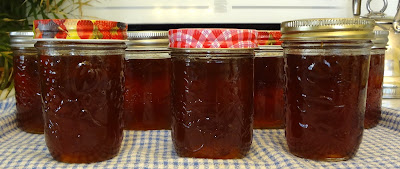This past weekend, I did a lovely pork tenderloin. Here it is:
For a little change and to add some extra pizzazz, I opened it up and added stuffing. That stuffing was the highlight of the meal. I made it by finely chopping celery, red onion, garlic, black and green olives and capers. I mixed all that with some bread crumbs and to hold it all together and add another layer of flavour, I added some olive oil and a dollop of moutarde avec figues (oui, mustard with figs.)
It was very well-received. I served it with green beans and carrots and rice cooked in a herby vegetable stock.
There was enough left over for a second meal so it turned out there was Sunday dinner on Sunday after all. For its second go-round, we had it with noodles tossed with tomatoes, garlic, basil, olive oil and cheese – just as I described right here. We also had Caesar Salad and fresh biscuits.
On Sunday afternoon, we went to the theatre to see 2 pianos 4 hands. It's a play that's been around since 1994 but somehow, I've never been in the right place at the right time to see it and it's always been one of my theatrical regrets.
Ted Dykstra and Richard Greenblatt wrote the play and are also the names of the characters, even though they're now played by different actors. In the production we saw, Ted and Richard were played by Richard Todd Adams and Bryce Kulak.
It's an account of what both fellows went through from childhood through young adulthood in their experiences with piano lessons and their piano teachers. It's very funny and there's lots of nice piano music too.
Some of their experiences took me back to my own piano lessons in Chatham, NB. I wrote about them here and of course, I'd be delighted if you dropped over and had a look.



















































